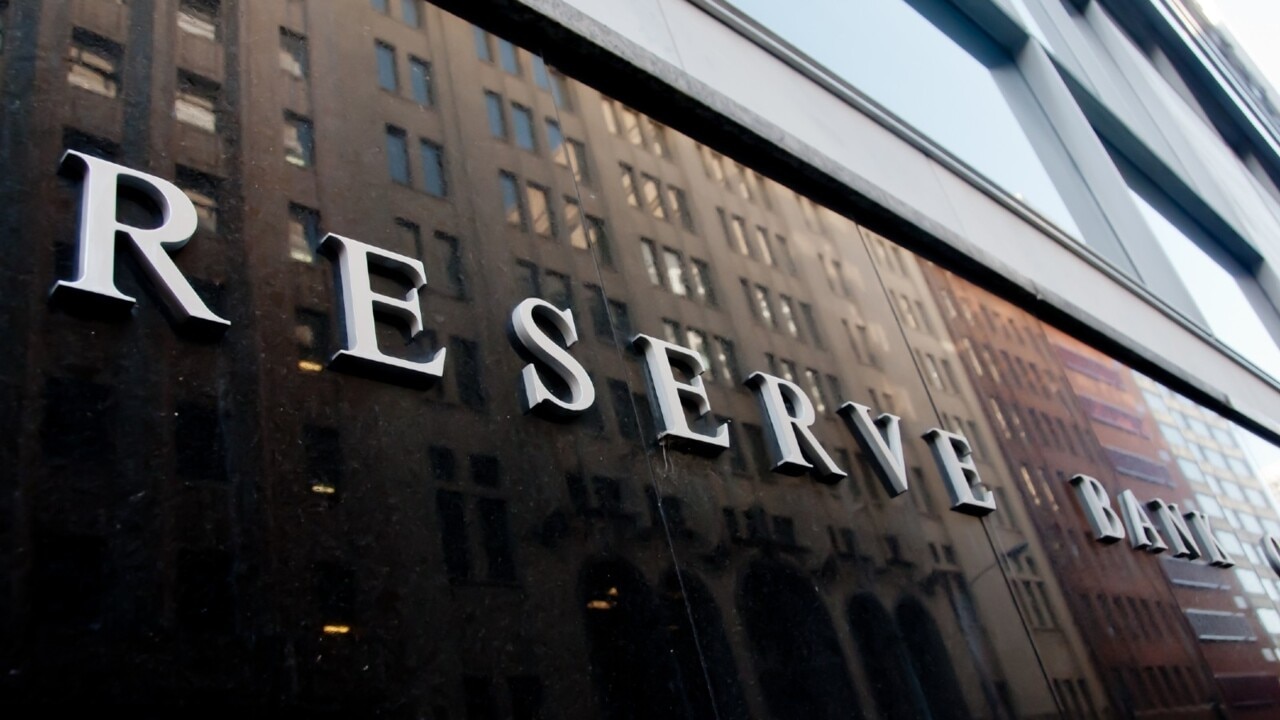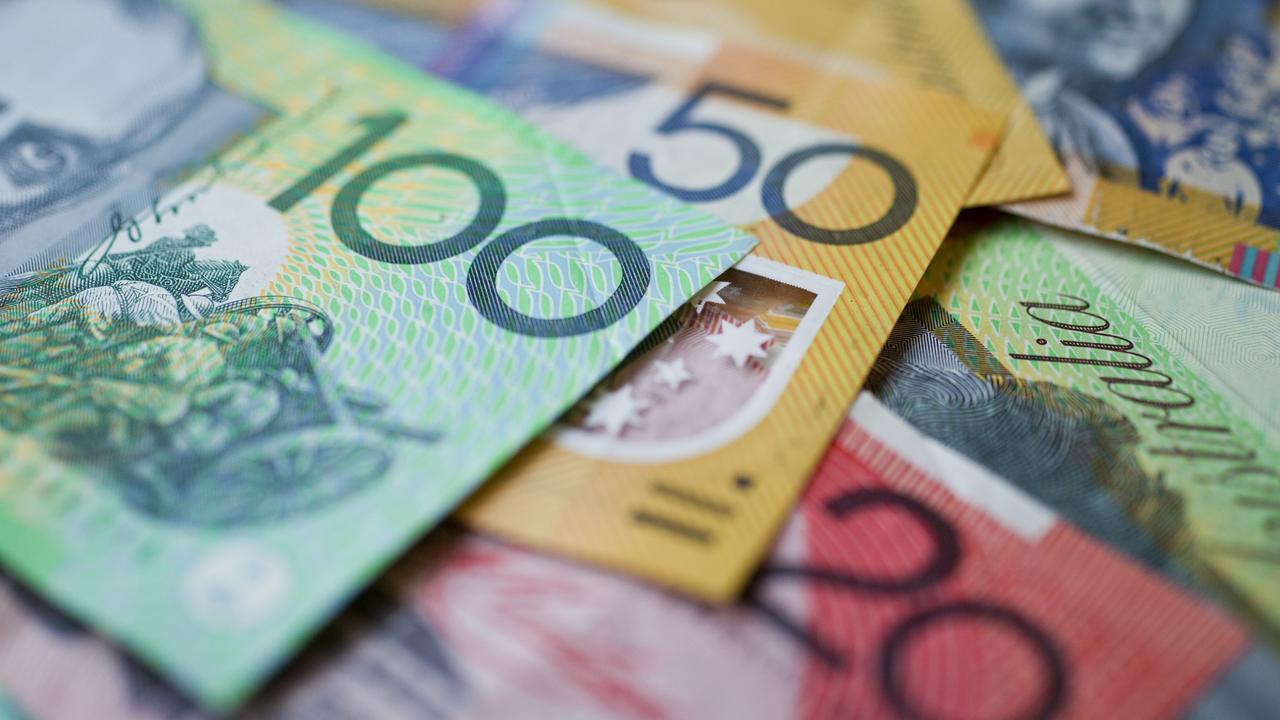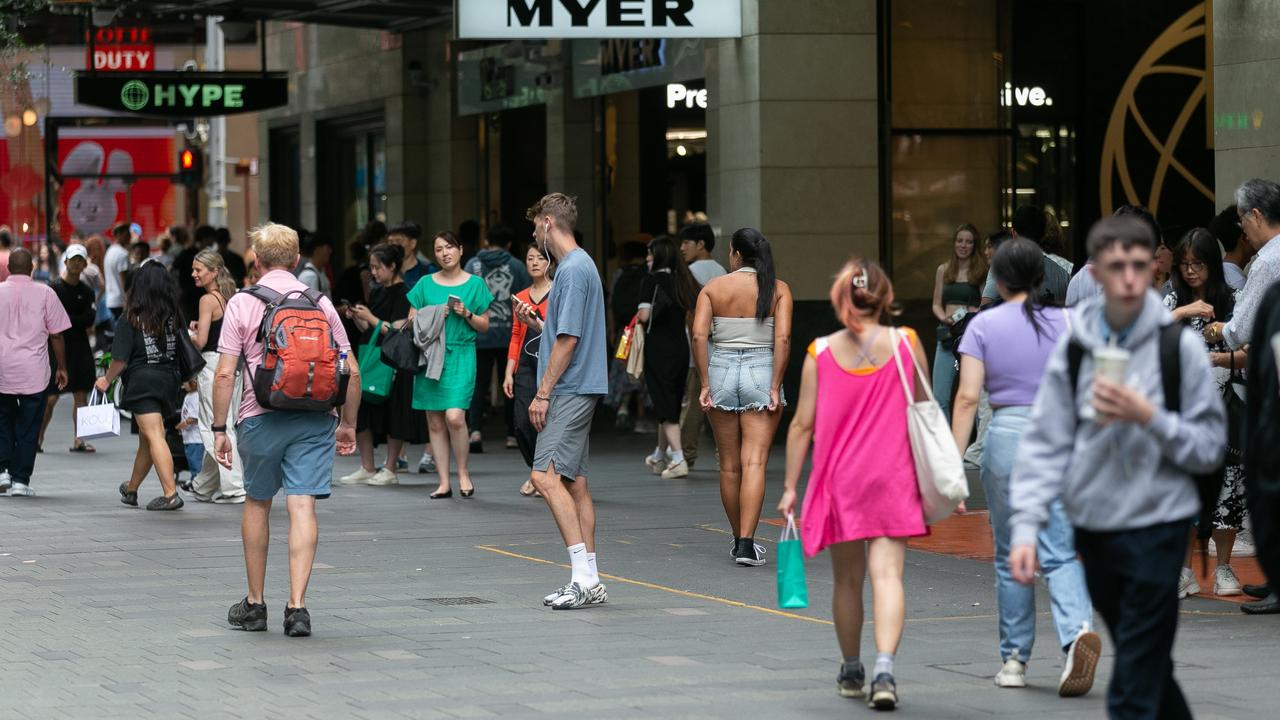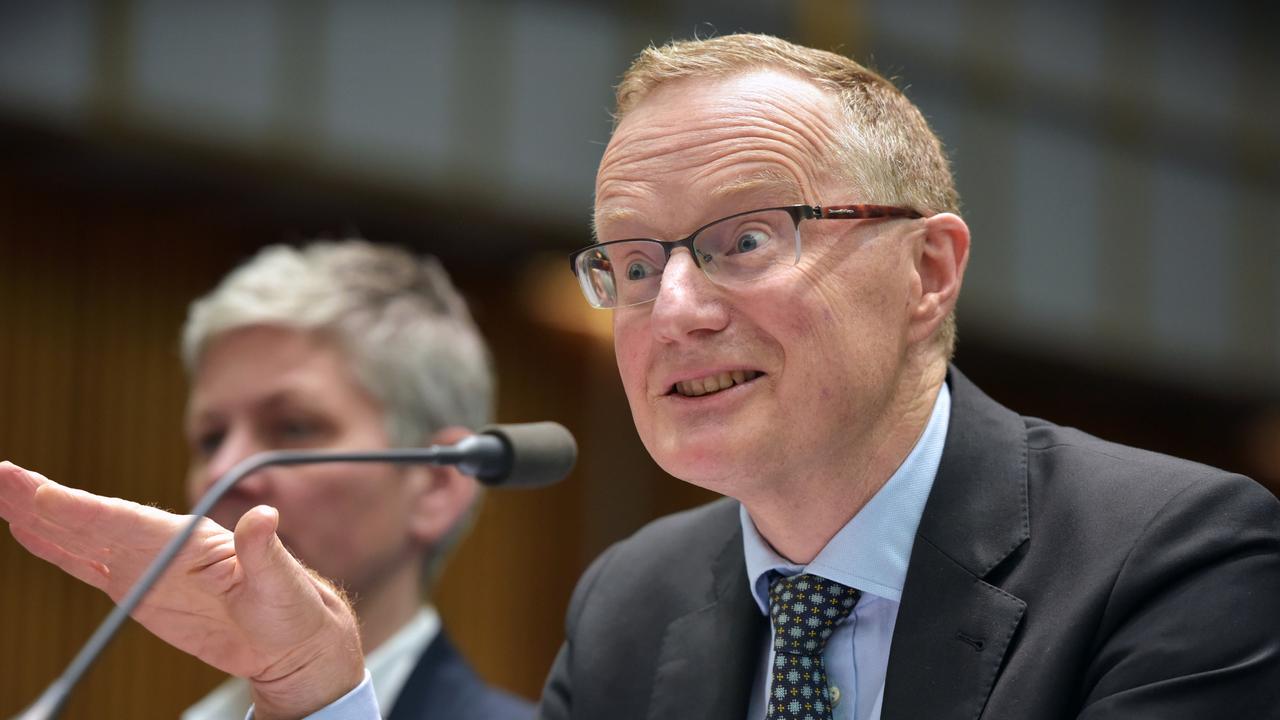Six more interest rates could hit Aussie homeowners, predicts new analysis
In grim news for homeowners as new research shows that interest rates could soar a lot higher than expected putting them in a world of pain.

Australian homeowners could be smashed with six more interest rate rises in the coming months, grim new analysis has revealed.
Based on historical interest rates in the past 33 years – the average rate has been 4.6 per cent – which is 1.5 per cent higher than the current cash rate of 3.1 per cent, the Canstar research found.
This could signal more rate pain on the way with the equivalent of six more 0.25 per cent rate rises meaning mortgage holders would be slugged with an extra $498 on monthly repayments for a $500,000 loan. That would mean a total of $1386 added to repayments since April 2022.
Those homeowners with a $750,000 loan would see $2080 added to repayments after rates rose eight consecutive times alongside another six more hikes on top.
For a $1 million loan, this would add up to $2773 extra in repayments if interest rates were to reach 4.6 per cent.

Canstar’s finance expert, Steve Mickenbecker said the Reserve Bank keeps reminding the Australian public that its cash rate decisions are all based on the data and the December quarter inflation increase of 1.9 per cent, and annual rate 7.8 per cent won’t be enough to change its course.
“More rate rises look inevitable,” he warned.
“Today, Australia’s cash rate is 3.1 per cent after a record run-up, yet it’s still well below the historical average of 4.6 per cent. A cash rate as high as 4.6 per cent would put the average variable rate for existing borrowers at 7.48 per cent and make many mortgage holders nervous.
“Even if we exclude the impact of the cash rate sitting above 7.5 per cent in the early 1990s, which could be considered a deviation from the norm, the adjusted average cash rate of 4.1 per cent is still way above the current level.”

The average cash rate takes in the economic turmoil of the 1990 recession when interest rates hit a whopping 17.5 per cent as well as the record low rates of 0.1 per cent in 2020 when the pandemic hit.
“Nonetheless, an average over a 33-year period gives some indication about what is at least normal, and that is a cash rate of 4.6 per cent,” Mr Mickenbecker said.
“Before 2009, the cash rate had never been below 4.25 per cent, and it only hit subsequent lows in response to the Global Financial Crisis. It took another crisis, Covid, to knock it
down to 2020s low.
“Concerns about impending recession overseas and contagion to Australia will likely see the Reserve Bank take their foot off the pedal after another two or three cash rate increases. But history tells us that any pause might be a breather and not necessarily a signal of imminent lower rates.
“Two of the big banks are already predicting a 3.85 per cent cash rate by May, while Deutsche Bank has predicted four rate rises to reach a cash rate of 4.1 per cent by August.”

Mr Mickenbecker added that now was the time for homeowners to seek out a better deal.
Canstar’s research from December showed that only 15 per cent of mortgage holders had switched lenders in the past year to secure a lower interest rate, while 8 per cent had tried and failed.
“By now a borrower with a $500,000 loan has seen their repayment go up on average
by $888 since April 2022 to now be paying $2991 per month. Another 1.5 per cent will add a further $498,” he added.
“It’s time for borrowers to get into as low a priced loan as they can find. Even if times don’t get tougher, they’ll be better off.
“Refinancing from an average variable rate of 5.98 per cent to the lowest rate of 3.99 per cent for a $500,000 loan over 30 years will save $607 per month. That’s close to eight 0.25 per cent rate increases, which takes away some of the pain.”






